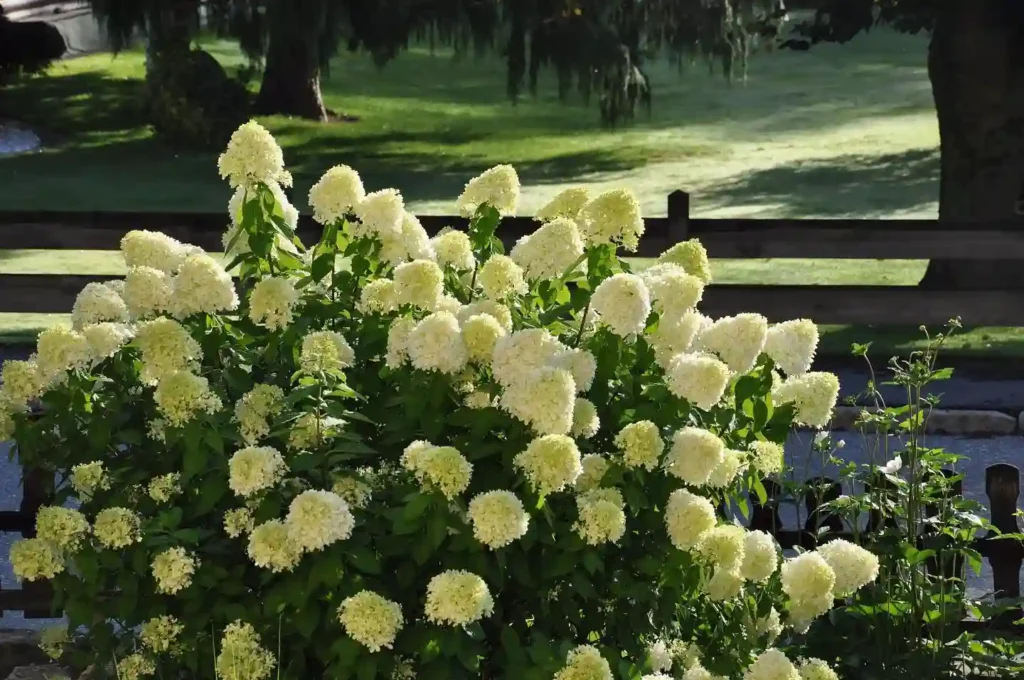
Deschampsia Cespitosa: Your Essential Guide
When exploring garden grasses, Deschampsia Cespitosa, commonly known as tufted hairgrass, often catches my attention. This grass is known for its graceful appearance and adaptability. If you’re considering adding Deschampsia Cespitosa to your garden, you might have a few questions. Here’s a comprehensive guide based on my experiences and research to address some of the most frequently asked questions about this plant.
64 Species in Genus Deschampsia
What Is Deschampsia Cespitosa?
Deschampsia Cespitosa is a perennial grass native to Europe, Asia, and North America. It forms dense tufts and produces airy, delicate flower spikes that sway gracefully in the wind. The grass is appreciated for its ornamental value and versatility in various garden settings, including meadows, borders, and even container gardening.
Is Deschampsia Cespitosa Invasive?
In my experience, Deschampsia Cespitosa is not typically invasive. It tends to spread in a controlled manner through clumping rather than aggressive rhizome growth. However, like many plants, its behavior can vary based on local conditions. In some areas, especially where the climate and soil are particularly favorable, it may spread more rapidly. Always check with local gardening experts or extension services to ensure it won’t become problematic in your region.
Is Deschampsia Cespitosa Poisonous to Dogs?
From what I’ve learned and observed, Deschampsia Cespitosa is not known to be poisonous to dogs. It’s generally considered safe for pets, which is a relief if you have furry friends who like to explore the garden. However, it’s always a good idea to monitor your pets and consult a veterinarian if you have any concerns about your pet’s health.
Is Deschampsia Cespitosa Threatened?
Deschampsia Cespitosa is not currently listed as a threatened species. It’s relatively common in its native habitats and adapts well to a variety of environmental conditions. Nevertheless, it’s always worth supporting conservation efforts and using native plants to help maintain local biodiversity.
How to Care for Deschampsia Cespitosa?
Caring for Deschampsia Cespitosa is relatively straightforward. Here are some tips based on my experiences:
- Soil Requirements: It prefers well-drained soils and can tolerate a range of soil types, including sandy and loamy soils. Avoid heavy clay that retains water, as this can lead to root rot.
- Watering: While it is drought-tolerant once established, regular watering during dry spells will help it thrive. Ensure the soil is moist but not waterlogged.
- Light: Deschampsia Cespitosa grows best in full sun to partial shade. It can tolerate some shade but will not flower as abundantly in lower light conditions.
- Fertilization: This grass doesn’t require heavy feeding. A light application of a balanced fertilizer in the spring will support its growth.
How to Propagate Deschampsia Cespitosa?
Propagating Deschampsia Cespitosa can be done through division or seed:
- Division: Divide clumps every 2-3 years in early spring or late summer. Dig up the clump, separate it into smaller sections, and replant them at the same depth they were growing before.
- Seed: You can also grow it from seed. Sow seeds in early spring or late fall, either directly in the garden or in seed trays. Keep the soil moist and provide some warmth to encourage germination.
What to Plant With Deschampsia Cespitosa?
Deschampsia Cespitosa pairs well with various plants. Here are a few combinations I’ve found successful:
- Echinacea: The tall spikes of Echinacea contrast beautifully with the delicate flower heads of Deschampsia.
- Sedum: Sedum’s sturdy leaves and flowers complement the airy texture of tufted hairgrass.
- Penstemon: The upright flower spikes of Penstemon add vertical interest next to the graceful Deschampsia.
Can You Grow Deschampsia Cespitosa Indoors?
Growing Deschampsia Cespitosa indoors is not practical. It thrives best in outdoor conditions where it can receive adequate sunlight and space. If you’re looking for indoor grass options, consider smaller varieties suited for container growth.
Benefits of Deschampsia Cespitosa
Deschampsia Cespitosa offers several benefits:
- Low Maintenance: It’s relatively easy to care for and requires minimal intervention once established.
- Attractive Foliage: Its fine-textured leaves and graceful flower spikes add beauty and movement to garden landscapes.
- Wildlife Friendly: It provides habitat and food for various insects and birds.
Common Problems with Deschampsia Cespitosa
While generally hardy, some common issues include:
- Overwatering: This can lead to root rot. Ensure proper drainage and avoid soggy soil.
- Pests: Watch for aphids and caterpillars, which can occasionally affect its health.
- Fungal Diseases: In humid conditions, fungal issues can arise. Use proper spacing and avoid overhead watering to minimize this risk.
Comparing Deschampsia Cespitosa with Similar Plants
If you’re considering alternatives, compare Deschampsia Cespitosa with:
- Festuca Glauca: Another tufted grass, Festuca Glauca, has a more compact habit and blue-gray foliage, providing a different aesthetic.
- Carex elata: Known as ‘Aurea,’ this sedge offers a more golden hue and a similar clumping growth habit.
Deschampsia Cespitosa is a versatile and attractive grass that can enhance various garden settings. Its ease of care and aesthetic appeal make it a valuable addition to many landscapes.
If i die, water my plants!



